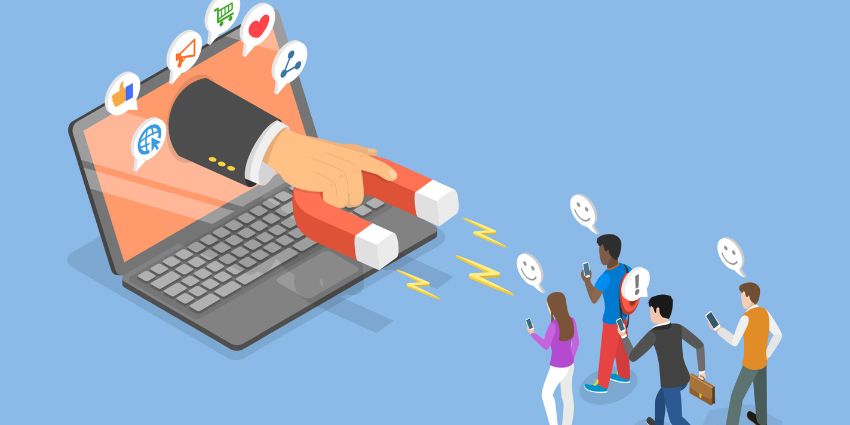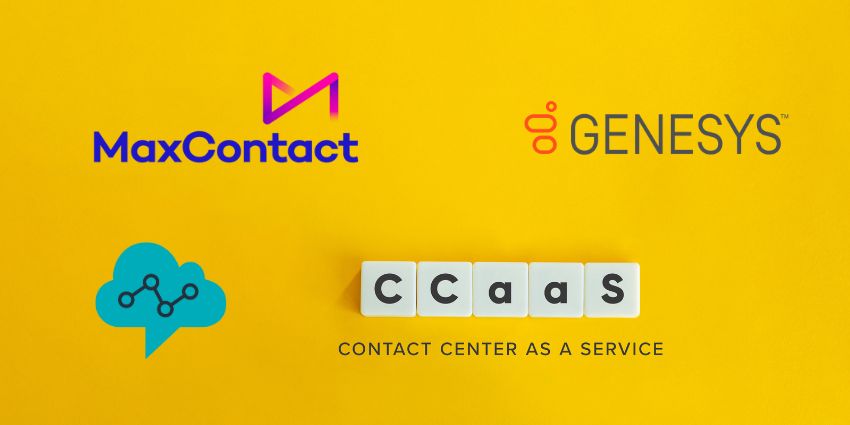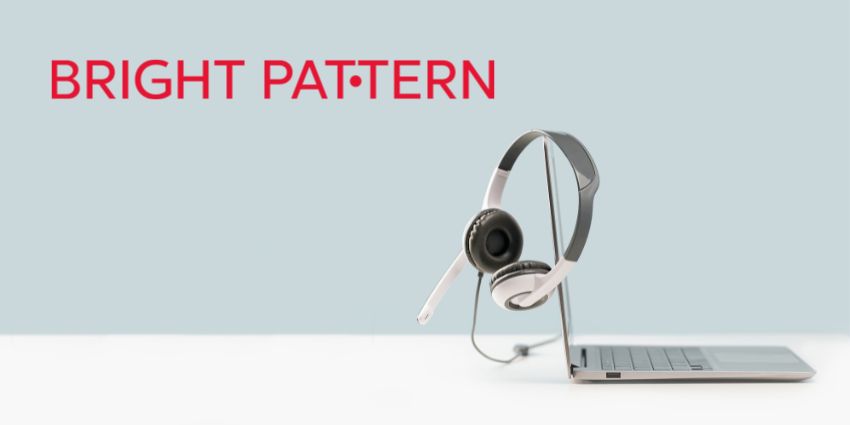Today, contact centre analytics gives you visibility into nearly every performance indicator you could think of. Contact centre analytics is projected to reach $2.66 billion by 2026, making it easier to drill down into the various granular components of agent performance. A major focus area for contact centres should be to accurately breakdown agent activity into three categories and improve them to enable better workforce utilisation.
Agent Talk Time – A Tricky Metric
Agent talk time captures the total time spent by a contact centre agent on handling calls every day, calculated as an average for your entire workforce or an individual metric for each agent. It is closely related to average talk time or average call duration, which measures agent talk time against the call volumes you process.
Someone with a high talk time is spending most of their day on handling calls, meaning there is very little resource leakage. On the other hand, if call handling volumes are low, it could indicate too much time and effort spent on each call, potentially risking long queues and a sub-par CX.
For individual agents, extremely high talk time could be a sign of poor work-life balance and excessive workloads.
Agent Idle Time – The Lower, the Better
Agent idle time can be defined as the time agents spend logged into the call portal, but is not engaged in a call (either live interactions or post-call activities). It can also be described as agent available time. At any given point, you can calculate idle time by subtracting agent occupancy from the total number of seats in the contact centre.
Keep in mind that idle time is less of an agent performance indicator, but more a signal of your contact centre’s demand-supply efficiency. In rare occasions, an agent could log into the portal but intentionally/inadvertently switch to a “not available” mode. But much more frequently, the contact centre is likely to experience troughs in demand where few or no calls come in.
While zero idle hours isn’t possible (or even advisable, given that it would lead to extended customer queues), this metric should be kept as low as possible to boost contact centre profitability.
Agent Wrap-up Time – Aid, Automate, and Accelerate
During wrap-up time, the agent is involved in post-call activities like data entry, taking notes, sending emails, initiating follow-ups, etc. to complete the interaction and reaffirm its impacts. A large portion of post-call activities can be automated, making this one of the more manageable components of your handling time or AHT.
For instance, you can send out automated feedback surveys via text, details from the interaction log could auto-populate your CRM, and marketing automation can help trigger “thank you” emails immediately after the conversation.
Further Tips for Managing Agent Activity
- Use forecasting tools to avoid understaffing or overstaffing your contact centre
- Map talk time to CSAT to benchmark the ideal call duration as per volumes
- Use idle time for training and omnichannel customer interactions







